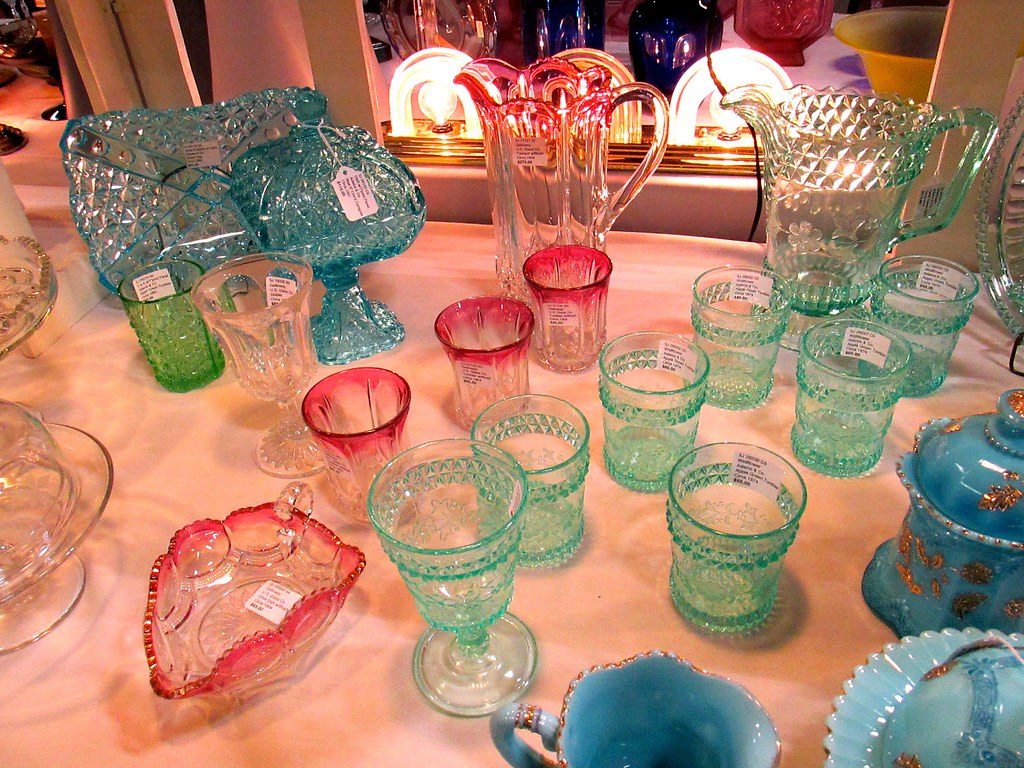Welcome

Glassware can reflect the human psyche in a myriad of ways. Particularly, glassware serves as a mirror to be held to economic ventures, one that reveals more than meets the eye. Disparities between socioeconomic classes linger in the reflection, glinting, barely visible enough, refusing to be ignored. Essentialy, the type of glassware produced throughout different eras directly reflects the economy’s status at a given time.
Unsurprisingly buying things, no matter if they are necessary for survival, is deeply ingrained in the social patterns of the American populace. Consumerism is rampant and has been the cultural standard for decades. Many are primed from a young age to become the perfect consumer—a phenomenon that is unlikely to ever disappear, especially concerning the nearly inseparable bond between the desire for beauty and the desire for wealth.
This exhibit seeks to further explore the concept of useful beauty, which emphasizes the idea that functionality should be prioritized over any aesthetic qualities a commercial object may have. As such, this exhibit pits Tiffany art glass and factory Carnival glass in direct opposition. The glassware industry flourished during the nineteenth century, as many pieces were cheap to mass produce, cementing them as coveted items in the eyes of middle-to-lower-middle-class consumers who could not afford the lavish and ever-popular hand-blown art glass of the time. Of course, decorative glass, such as the pieces in the image to the right, was a privilege for those wealthy enough to afford it. For others, a pretty object needed to be useful to justify its purchase, for the value of beauty truly lies in the eye of the beholder—and perhaps in the figures of their salary.